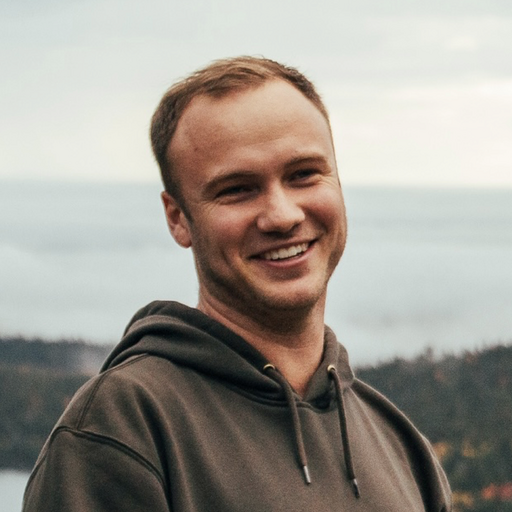
The DUPR Origin Story
An open letter to the global Pickleball community on ratings by Steve Kuhn, DUPR & Major League Pickleball founder

I first fell in love with Pickleball 7 years ago. My nephew told me there was a “new” sport that combined aspects of tennis and table tennis (2 previous romances) and that I should try it. I googled “Pickleball Austin Texas” and on that fateful Wednesday night I found myself in the Bethany Church gym.
The infatuation was immediate. I fell hard. I soon had a 5 night a week habit and learned a lot about world religions (the Jewish Community Center became a favorite, for example.)
I am known for my enthusiasm. I told everyone I knew that Pickleball was the next big thing. I argued that one day Pickleball would be the most played sport in America. One person who heard this proclamation was Andy Roddick (I served on his charity board) and I remember quite distinctly his response; “Steve, you are an idiot!” It was said with love.
As my addiction grew, I sought wise counsel. Pam and Toby Boyd, two USA Pickleball Ambassadors, took me under their wing. Later Walter and Christina Dorman beat me into submission until I learned how to play a bit better. The spirit of joy and sharing that permeates this sport is unlike any other and I'm thankful to the countless thousands who have helped build this sport for the last 57 years. We were fortunate enough to host the Pickleball Hall of Fame ceremony at Dreamland earlier this year and I had a chance to thank some of those legends in person.
I wanted to share this amazing sport with everyone I knew. I wanted to play my part in helping more people find something that makes them happier and healthier. I joined USA Pickleball and helped form Greater Austin Pickleball (Mind the GAP!). I organized play for kids groups throughout Austin. And I talked my friend Andy and his friend Andre (Agassi) into trying this sport.
But all that wasn’t enough! I wanted to do more to help Pickleball reach a goal of 40 million players by 2030.
I decided to recruit a group of amazing owners to start Major League Pickleball (MLP). I opened a venue named Dreamland with 16 courts and some of the world’s top players living and training to be their best.
But most importantly, I founded DUPR (Dreamland Universal Pickleball Rating) to help players more accurately track their progress and to find players at their level, when play is its most competitive and most fun.
At the time of DUPR’s founding, less than 1% of Pickleball players had any rating. I knew from my experience in tennis and golf that an accurate skill measurement system was something that led to people wanting to increase their rating or lower their handicap. They would want to play more and would want to get more lessons. There is nothing like the ladder on the wall of a club to motivate players! DUPR provides that.
In designing DUPR, the following qualities were deemed pivotal for the community:
- Inclusive: means it is easy for anyone to use DUPR. We have created a downloadable mobile app and website that allows anyone who wants to do so to turn casual play into something a little more meaningful. As we say “DUPR or it didn’t happen!”
- Inexpensive: It is free to download DUPR and have a rating. We wanted to make it for the widest adoption possible, and nothing beats free.
- Widely used: Number of players, match results, clubs, countries, etc. It will be hard for any other system to catch up to DUPR’s already beloved global adoption by clubs, international federations and players across the world.
- Ends geographic disparities in ratings: Because we have enough players who travel to play in tournaments all over the map, we have the necessary “connectivity” to greatly reduce any such disparities and we have published lists of the top Male and Female players in each USA Pickleball region to allow others to check our work.
- Responsive and Dynamic: As we have seen numerous times, players can emerge quickly in this sport and enter even the highest levels. DUPR rates more recent matches as more relevant and that allows our lists of top players to rapidly reflect new stars.
- And last but certainly not least, Accurate and Reliable. This will always be a work in progress. There is no perfect rating system. We have to have the humility to hear complaints and differing views on ratings. Hopefully, our response to a complaint that your rating (or someone else’s) is inaccurate would be to explore that possibility and see if we can learn something.
DUPR will not lose sight of its goal to bring more people to this amazing sport. We are in discussions with USA Pickleball and others on all the ways we can work together to meet this goal–40 million players before 2030. “40 by 30!” Let’s go!
Steve Kuhn
Founder of DUPR and Pickleball fanatic














